Alert
Alerts
Boyau de Londres


Description
A tunnel runs perpendicular to the front and leads to the trenches. It enabled troops and equipment to be moved close to the front line, sheltered from the various projectiles. The movement of men in these trenches was no easy task: continuous or untimely bombardments, sectors under fire from snipers on the lookout, rain and mud, telephone wires on which infantrymen stumbled, night-time conditions that encouraged them to lose their way, were all pitfalls that made movement perilous.
It was used to relieve regiments, supply food and ammunition, and transport the materials needed to build and repair trenches and shelters. Liaison officers also used them to carry written orders. In the Douaumont sector, in order to prevent the walls from collapsing, the sides of the trench were reinforced with a concrete structure. The walls of the casing were shored up by reinforced cement U-bolts holding plates of the same material.
Technical Information
Altimetric profile
Date and time
- From 01/01/2025 to 31/12/2025 Ouvert le lundi, mardi, mercredi, jeudi, vendredi, samedi, dimanche
Additional information
Producteur de la donnée
Ces informations sont issues de la plateforme SITLOR - Système d’Information Touristique - Lorraine
Elles sont synchronisées dans le cadre du partenariat entre Cirkwi, l’Agence régionale du Tourisme Grand Est et les membres du comité technique de Sitlor.
IGN cards
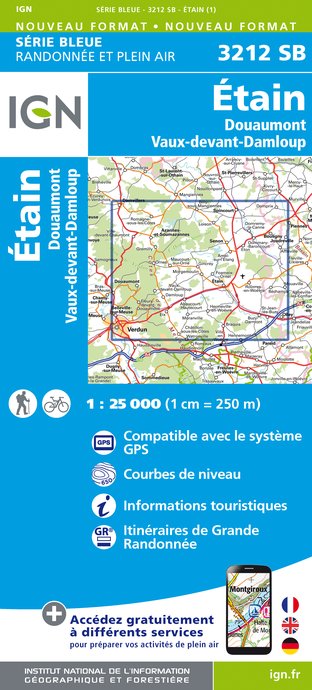
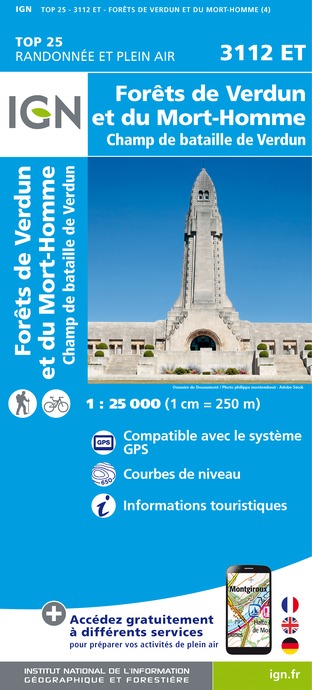
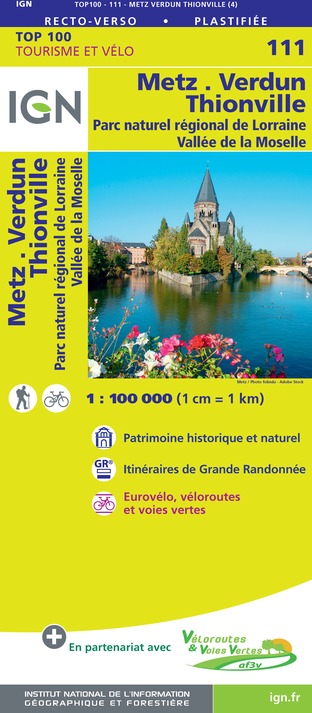

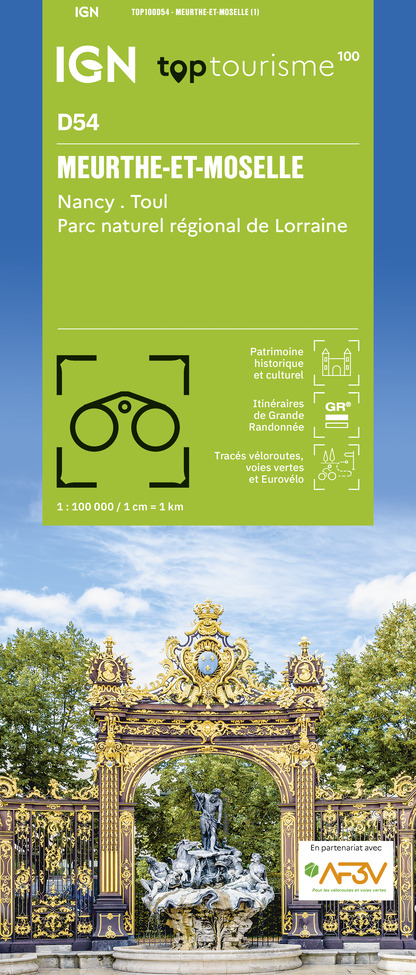




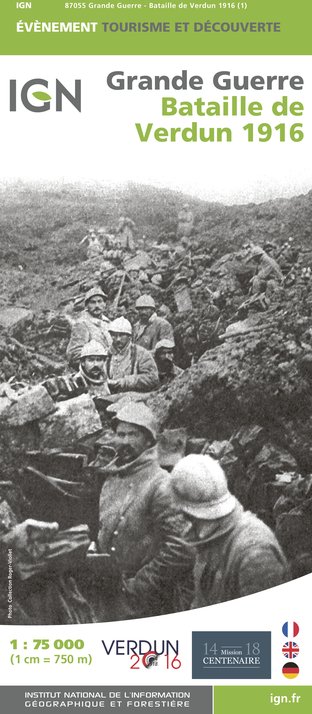
Data author
